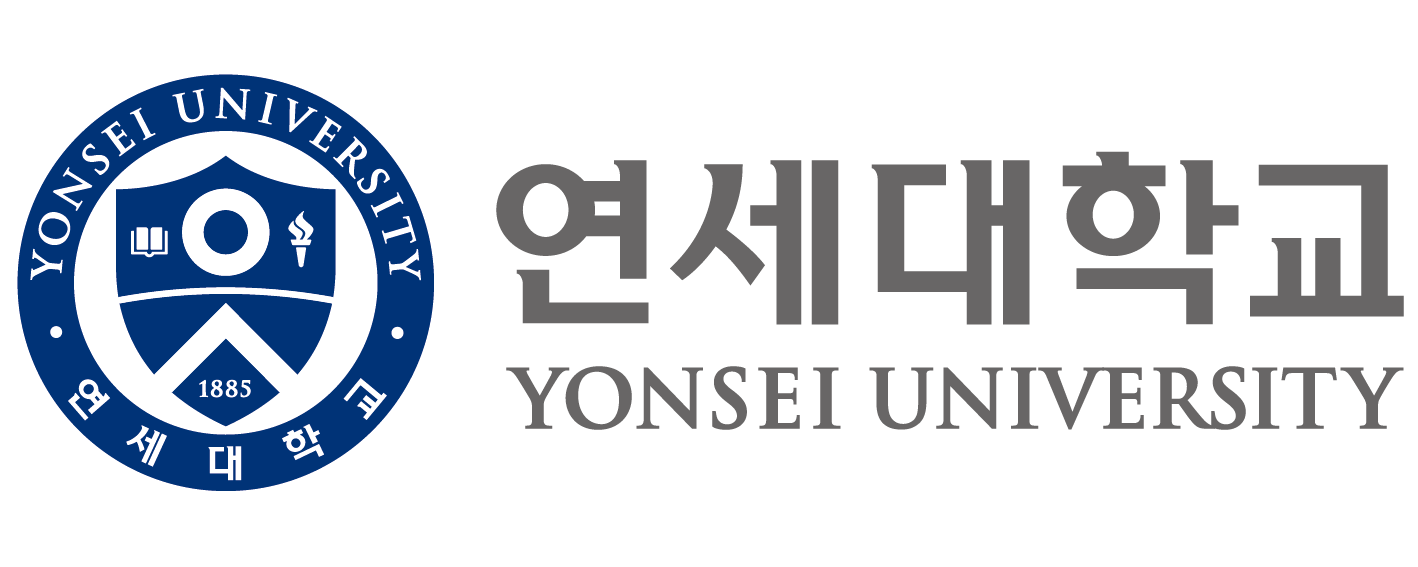FAQ
 Human Bioresource Distribution FAQ
Human Bioresource Distribution FAQ
-
Who can apply for distribution?
- Any Korean researcher residing in the country and who is performing a research project approved or exempted by the IRB as a principal researcher can apply for distribution.
-
How much does the distribution of human bioresources cost?
- When distributing human bioresources, they can be distributed free of charge, or a fee should be charged to cover the cost of preservation and supply of the resources according to the Bioethics and Safety Act, Article 43, Paragraph 3 and the Enforcement Rules of the same Act, Article 41, Paragraph 2. The paid distribution fee would be transferred to the budget of the Korea Biobank Project or directly to the National Treasury.
-
When applying for distribution, can all the requested human bioresources be distributed?
- The distribution of human bioresources is determined through the deliberation of the distribution committee of the biobank which accepts the application. At this time, the committee may partially change the number and amount of distributed bioresources after considering the study content and methods, and the possessed bioresource status of the biobank.
-
How long does it take to receive the results of deliberation after submitting an application?
- The distribution committee is held once a month at each biobank, and the results of deliberation are usually notified about one month after submittial of the distribution documents. The applicant can be automatically notified of the results of deliberation by SMS or email via the KBN portal.
-
- The preparation time for distribution may differ depending on the quantity of distributed resources, but generally it takes anywhere from 1~3 months. The reception date for distributed bioresources can be determined by discussion between the principal researcher and the relevant biobank officer.
-
How should human bioresources be received?
- On principle, the principal researcher should visit the Biobank and directly receive the human bioresources. However, if this is not possible, the user of human bioresources can receive human bioresources on behalf of the principal researcher.
-
How long can distributed human bioresources be used?
- The period of use of distributed human bioresources is one year from the day of their distribution during the study period on the protocol, but if continuous study is necessary, the researcher can apply for an extension of the period of use at the relevant biobank. The use period can be extended by units of one year.
-
How should human bioresources be treated after the expiration of their use period?
- After the expiration of their use period, all human bioresources owned should be discarded immediately, and the ‘human bioresource use termination and confirmation of disuse’ should be submitted. Owned bioresources should not be used arbitrarily for any other purposes or provided to a third person or party.
-
How should study results obtained using human bioresources be published?
- When study results obtained using the relevant bioresources are published in a journal, the fact that the results have been obtained using the bioresources of the Korea Biobank Project (the type and source of the bioresources used) should be mentioned in the relevant article. Also, the human bioresource performance report and results should be submitted to the relevant biobank within three months of publishing the results obtained using human bioresources.




